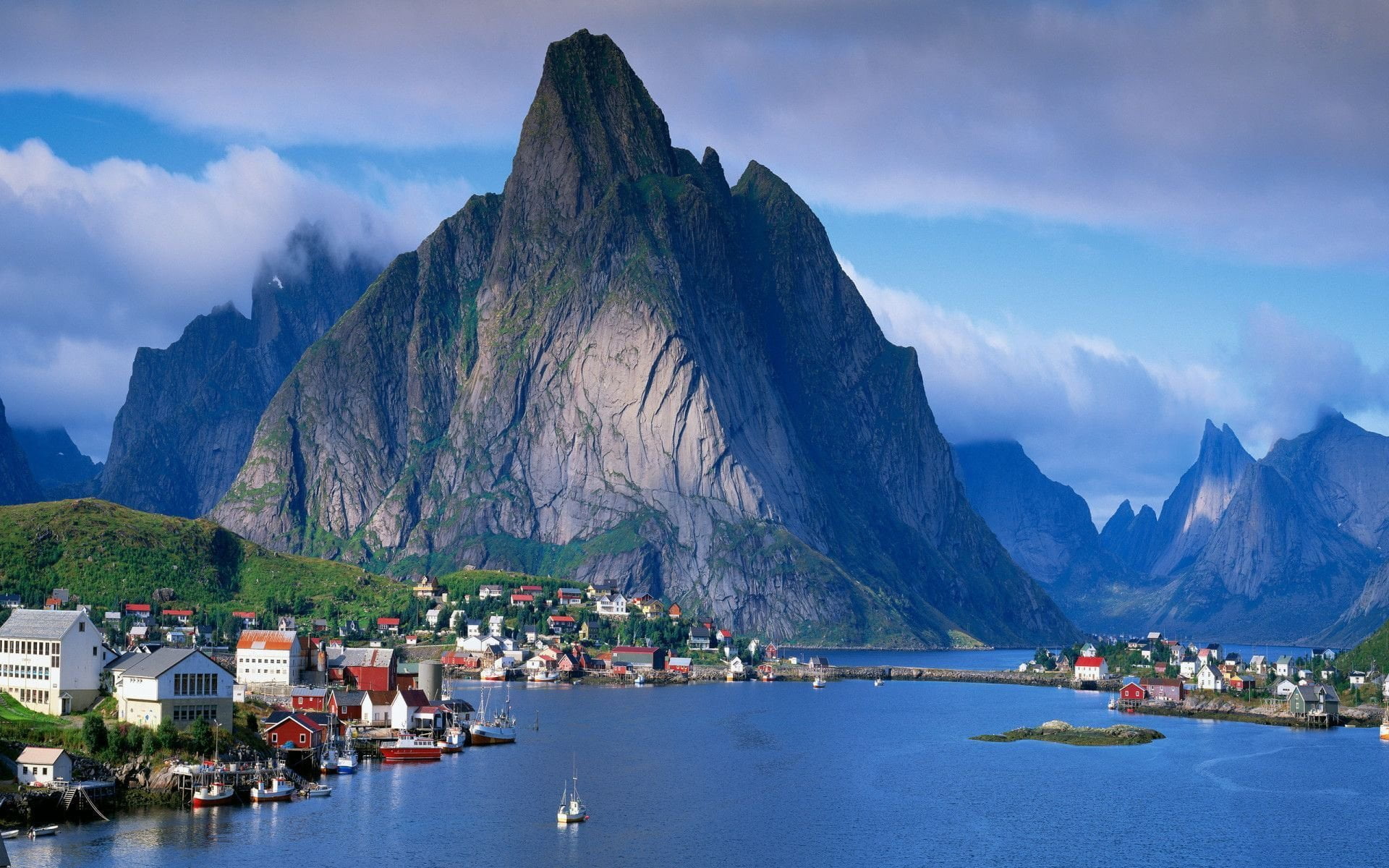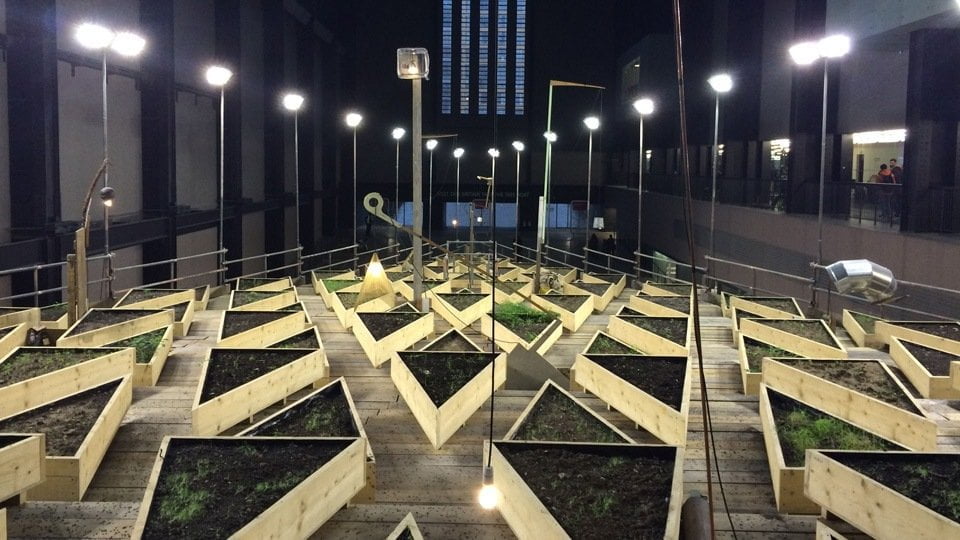And I will wait, I will wait for you…
So sang banjo enthusiasts and all round folk rockers, Mumford and Sons.
Now, I’m no fan of Marcus Mumford and his merry band of men, but they hit the proverbial on the proverbial with this one. As did I in this post, because my Lily drone is now overdue.
This isn’t a surprise to me. They let me know, in a characteristically transparent email [I’ve PDF’d it here] which they sent before Christmas. My Lily is now due sometime in Summer 2016 (the Northern Hemisphere version thereof, of course).
We’re still ironing out logistics for our new shipping timeline. We expect to fulfil all of our pre-orders in the Summer 2016. Details will be shared as soon as they are available. We promise 🙂
The open-ended nature of that “Summer 2016” promise is mildly concerning, but hey, we’ll get there.
What is disappointing is that between the previously promised shipping date and this new one, I’m doing two overseas trips – one a once-in-a-lifetime one, including some prime Lily-playing territory – and I’m rather sad to be missing that opportunity.
The crew at Lily continue to stay in touch just about weekly, informing me of latest developments, test results and new staff. I still believe that this is going to happen (although some on Facebook are more dubious) – I just wish it had happened already.



